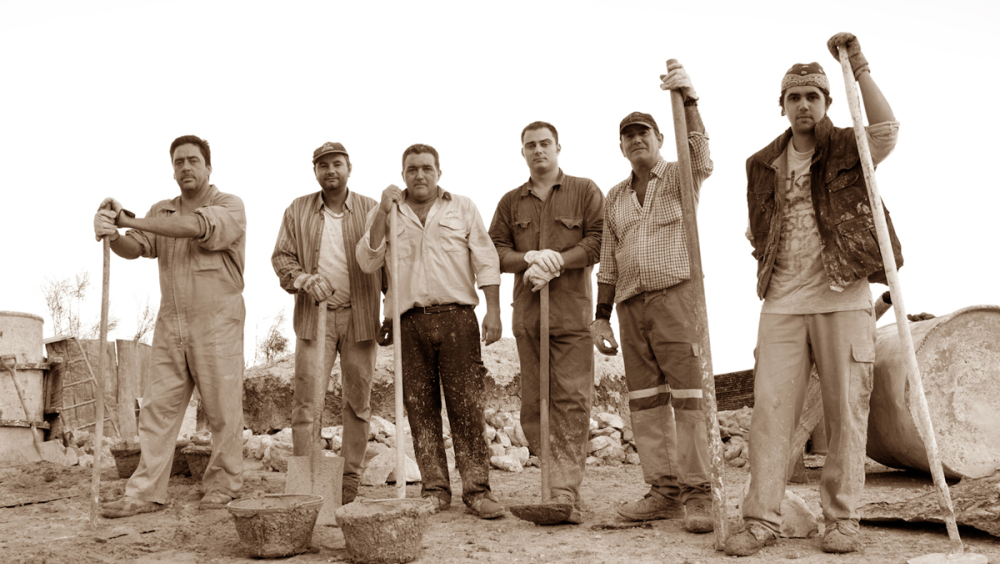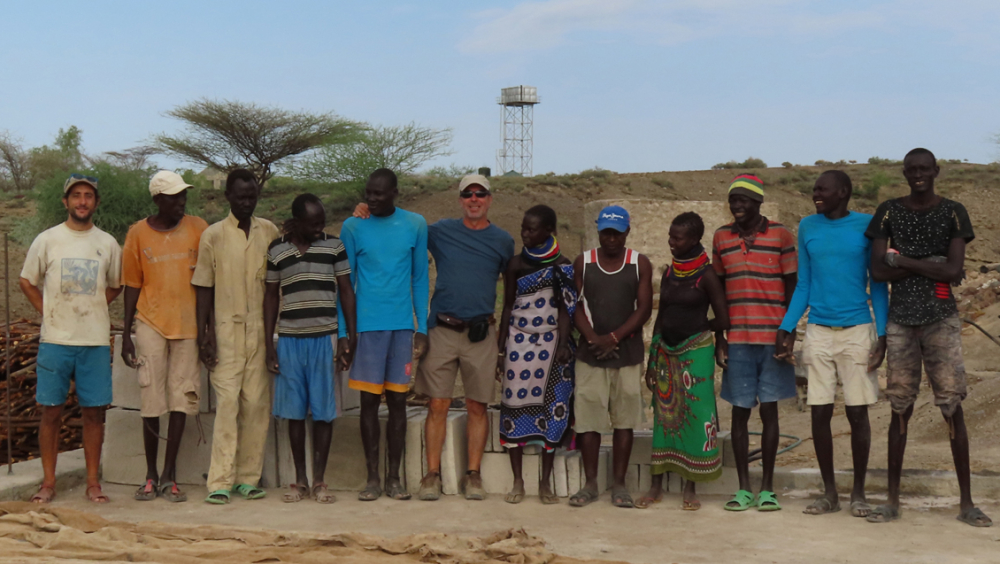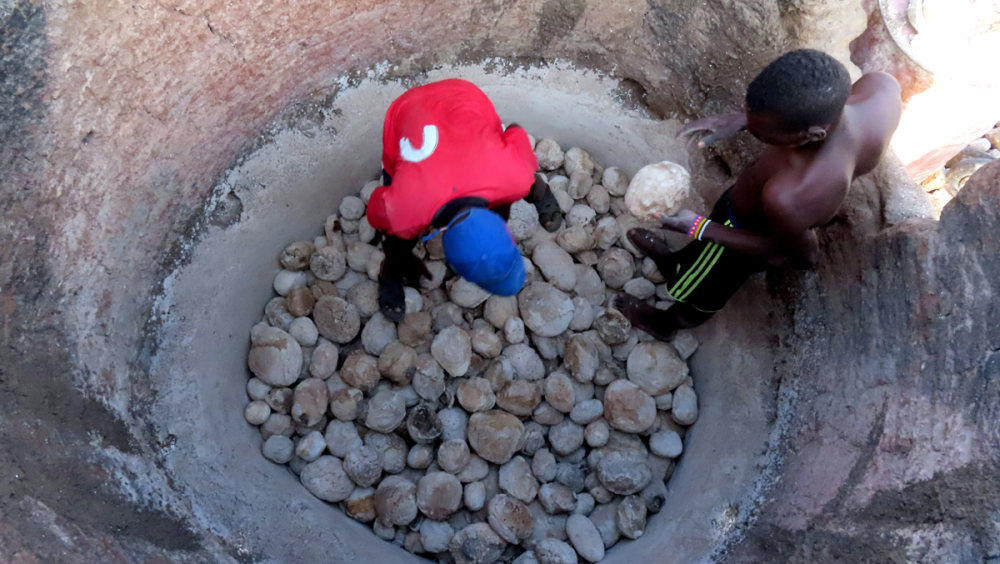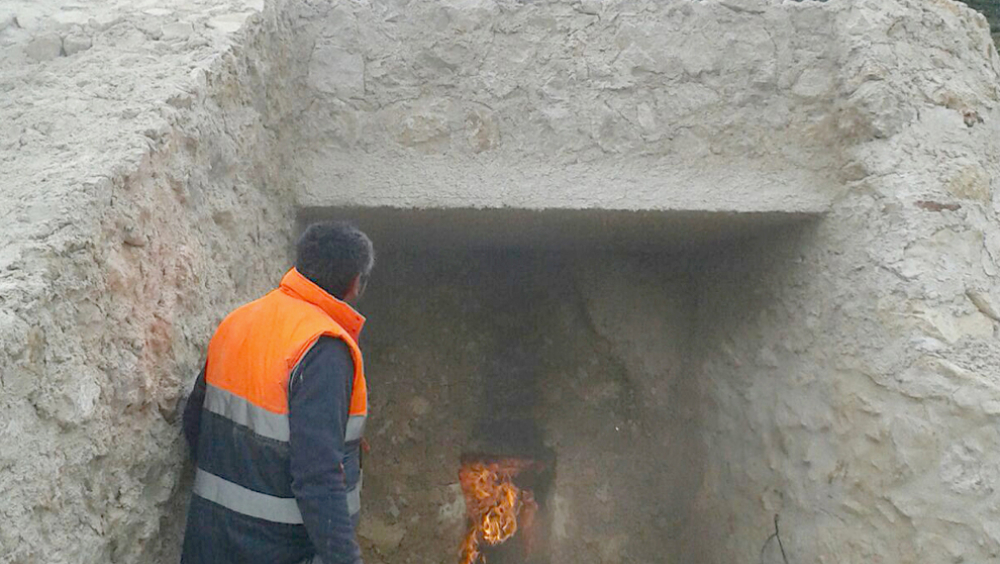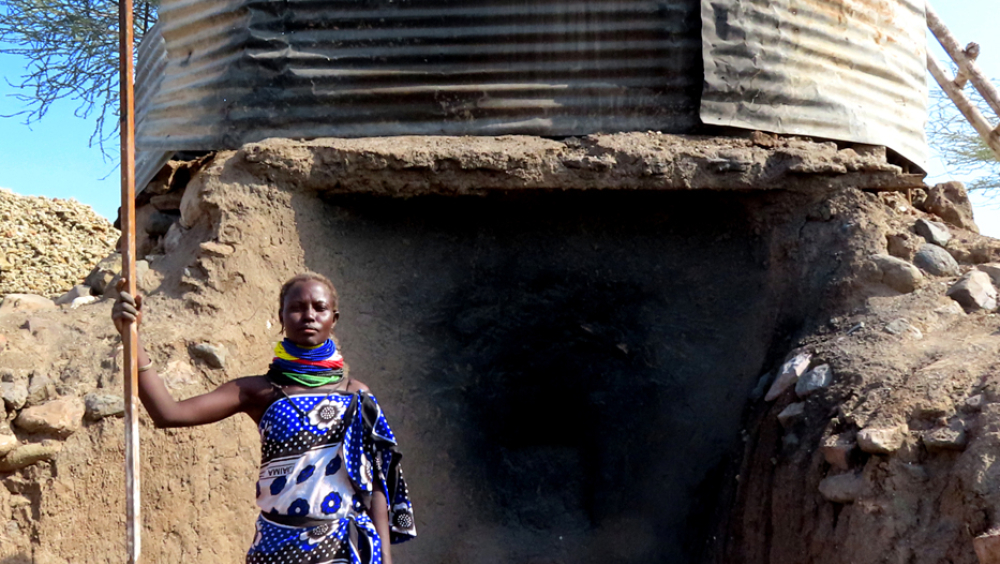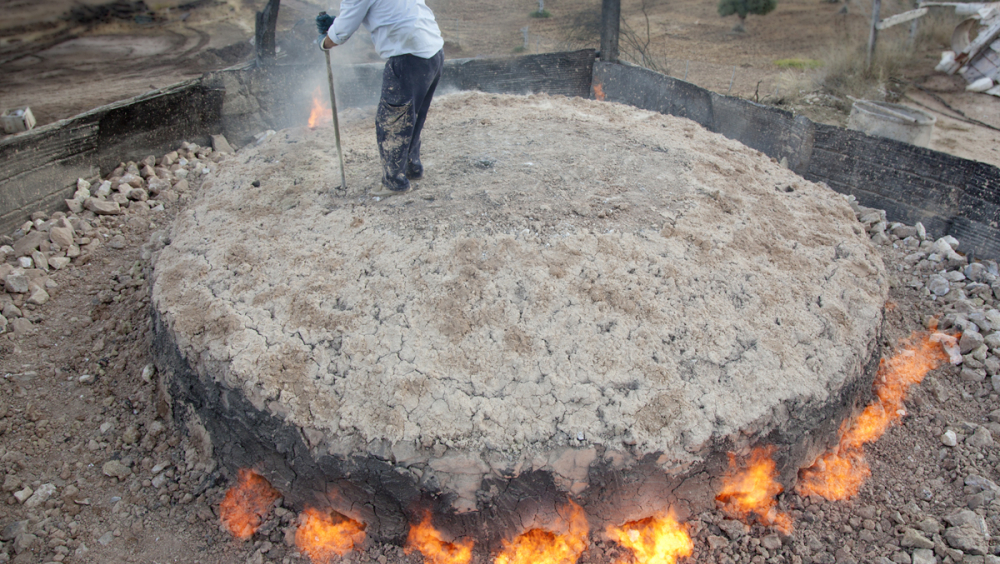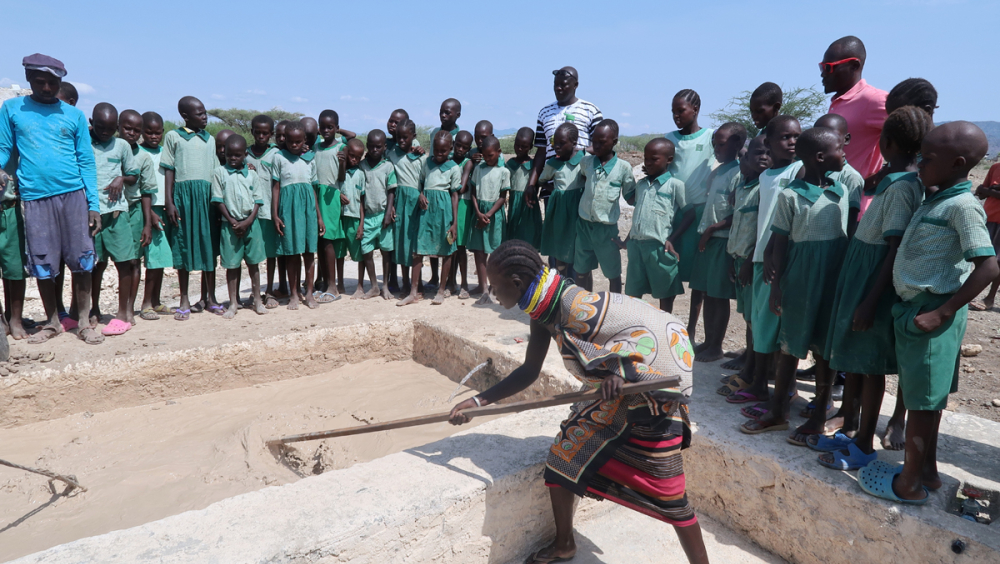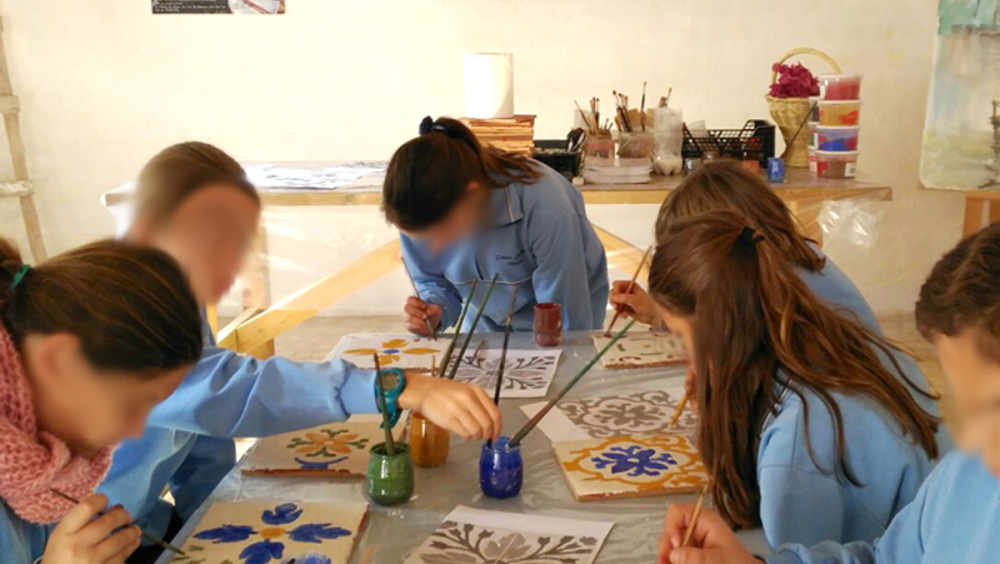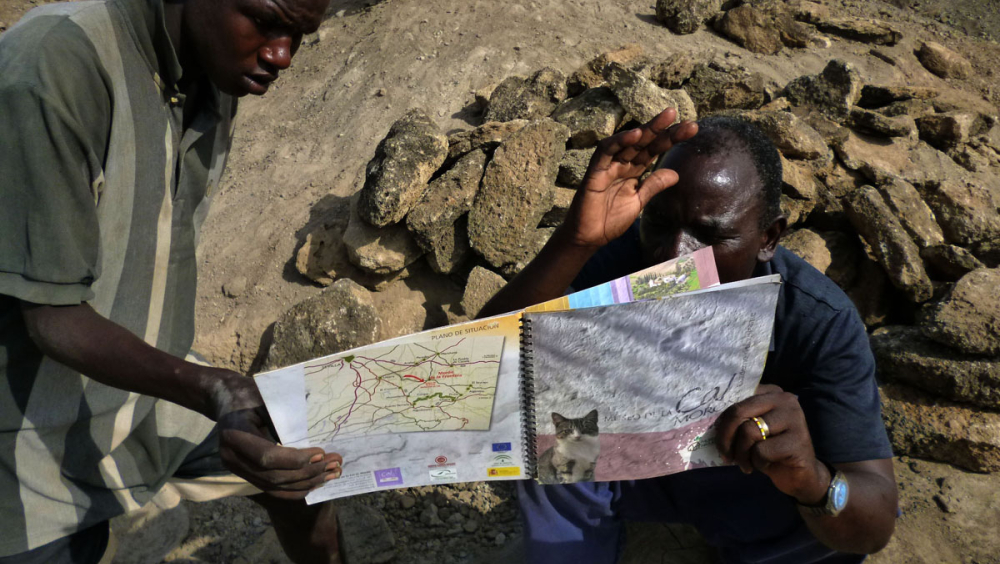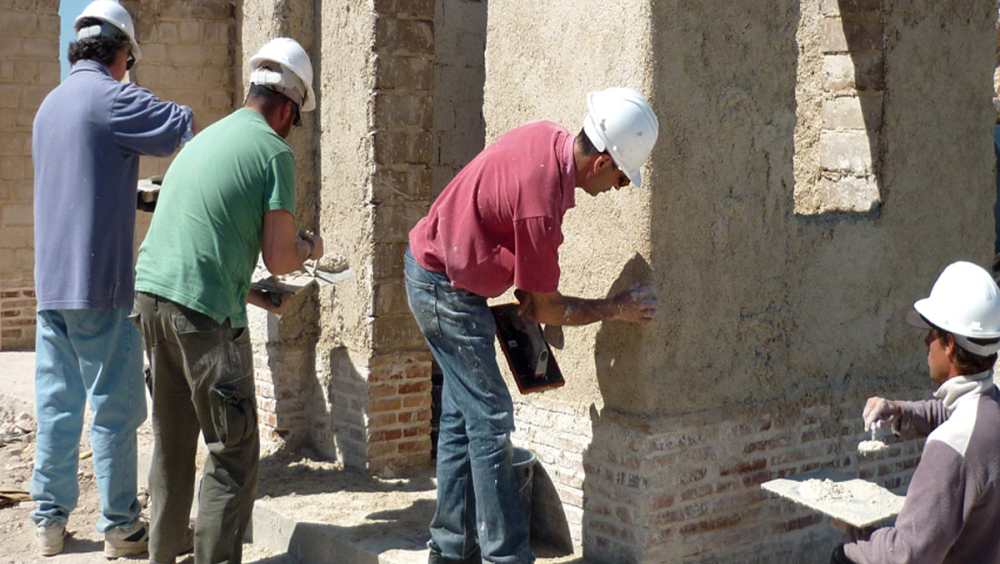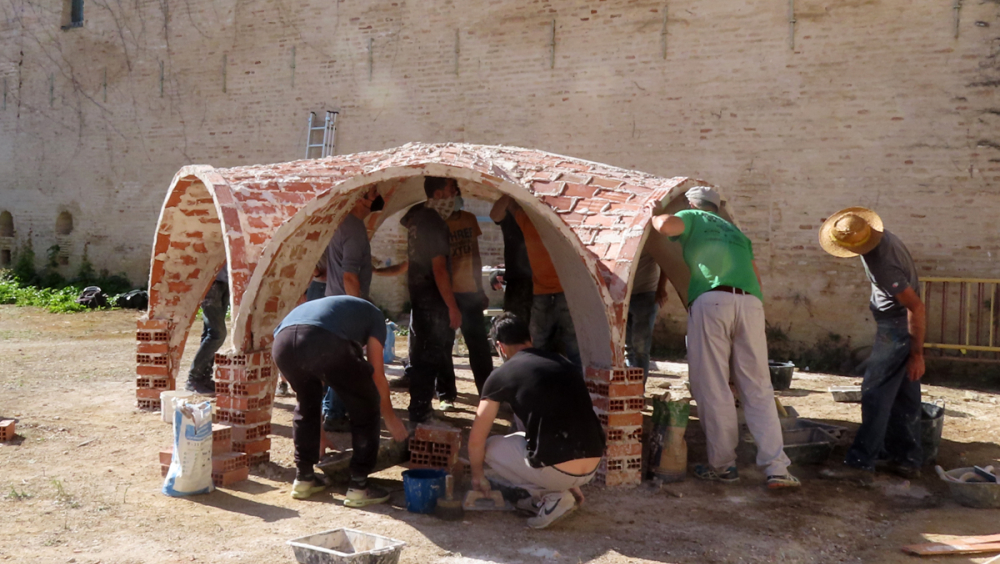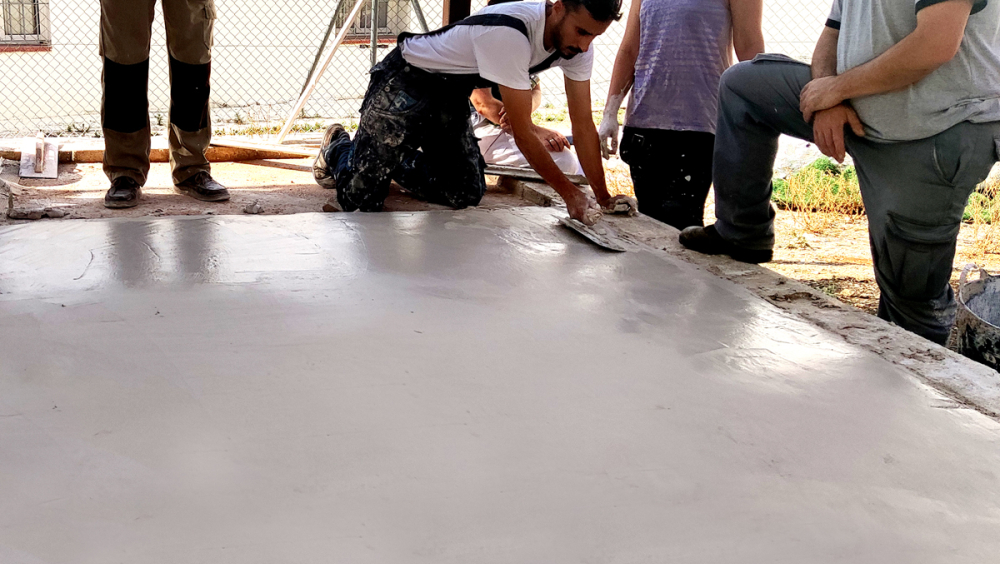Revitalization of the manufacturing tradition and uses of ARTISANAL LIME, and its relevance on the European architectural heritage and for sustainable building
In 2001 a group of seven friends set out to publicize the cultural richness of their area, that is, the “Culture of the Lime” of Moron de la Frontera in Seville, Spain.
With this idea in mind they created the "Cultural Association Hornos de la Cal de Moron", a non-profit association with a museum dedicated to the traditional elaboration of lime.
In 2011, the association's efforts to revitalize the traditional craftsmanship of lime making were rewarded with its inclusion in the UNESCO Intangible Cultural Heritage List, and among other awards and recognitions, in 2021 it received the Europa Nostra award.
To the intangible heritage value of the process of making this product, the principles of environmental and constructive sustainability in the architectural field are added. These aspects enhance the use of artisanal lime, highlighting its economic, ecological and sanitary qualities.
Among our SOLIDARITY ACTIONS with other communities, we highlight the one carried out in TURKANA, a remote territory equivalent in size to Andalusia in Spain located in north western Kenya.
The high cost of Portland cement used for construction and the need for economic revitalization in the area, suggested the idea of replacing industrial cement with locally made lime based on the Moron´s tradition.
The unwritten secrets of traditional lime making were passed on to the Kenyan locals, and since, hundreds of tonnes of lime have been produced in Turkana. Based on this know-how, the locals incorporated other available products such as gypsum and ceramics to increase the overall potential of the activity, maintaining the artisan spirit of the activities in order to generate as much employment as possible, and keeping it low-tech. This way they are becoming independent from non-indigenous materials and the unsuitable construction systems imposed by the invasive foreign markets.
Complementary, from the Lime Museum simple but bold construction techniques were locally promoted, which is making possible an adequate architecture respectful of the environment and the local culture, and well adapted to the local climatic conditions, facilitating an opportunity for the development of Turkana and its people.
THIS UNIQUE EXPERIENCE CARRIED OUT IN THE SO CALLED CRADLE OF MANKIND AND WHICH IS THE CORE OF OUR STORY, motivates us to share, promote and spread it energetically at the European level, the know-how on traditional trades associated with artisanal lime and its uses, in search for creating or joining the networks of artisans and professionals with a real interest in developing more sustainable and healthy ways of building based on good practices and the traditional experience.
Moreover, our rich European historic patrimony is widely constructed with artisanal lime and only with it, and not with the commonly types of industrial lime found today in the regular markets, a sound and long lasting rehabilitation and preservation can be achieved as insistingly reported by the experts in the matter over the past years.
Therefore, OUR PROPOSAL IS TO CARRY OUT in Moron´s Lime Museum and with a European scope, a five-day CONGRESS ON THE MANUFACTURE AND USE OF ARTISANAL LIME and other related products and techniques, to strengthen the knowledge for bioconstruction and the conservancy of the architectural heritage, with a combination of theoretical and practical activities facilitated by artisans and consolidated experts in the field, including a real process for the traditional manufacture of lime or gypsum in one of the ancient kilns still operative in the Museum, and guided by some of the last lime artisans worldwide. The activity taking place preferably during the months of September-October of 2022 and being advertised and broadcasted through appropriate channels.
If it has been possible in the remote African savannas, what prevents us from joining in this way the stream for shaping more beautiful, sustainable and inclusive forms of living together, which is being promoted from multiple European corners today?
In 2011, the still standing artisanal production of lime from Moron de la Frontera, receives a high recognition from UNESCO and is inscribed on the list of programs, projects and activities for the safeguarding of the Heritage and declared Intangible Cultural Heritage of Humanity in its section on good practices.
This was the culmination of a long journey begun in 1993, when the Department of Culture, includes the traditional lime factories of Moron “Caleras de Moron” in the Inventory of Popular Architecture of Andalusia. Later in 2008, the “Caleras de Moron” were registered in the General Catalog of the Historical Heritage of Andalusia, as an asset of cultural interest with a typology of place of Ethnological interest, and in 2010 the limestone activity of Moron was registered in the Intangible Heritage Atlas of Andalusia. Later in 2013 joined the Spanish Industrial Tourism Network and finally in 2021 received the Europa Nostra Award.
All this has been possible thanks to the enthusiasm, dynamism and activity, promoted around the “Caleras” by its own protagonists, the lime artisans, represented by the “Cultural Association Hornos de la Cal de Moron” submitting this proposal.
The Association was established in 2001 by seven friends as a non-profit association with one main objective, to make known, preserve, revitalize and disseminate, the “Culture of artisanal Lime” as an experience of rural development, from the heritage resources of the territory and improving the living conditions of the lime artisans.
For the materialization of all this, the construction of the Museum of Lime was carried out located in the Sierra de Esparteros, in the heart of the village Las Caleras de la Sierra. The facilities have two traditional lime kilns dating from the 19th century, and a small house called Casilla del Calero of the same date has been endowed with a room for media projection and multiple uses.
Various activities of great educational interest such as guided tours are carried out in the Museum, aimed at adults and schoolchildren.
After being recognized by UNESCO with the aforementioned award, the Museum becomes a cultural mediator and transmitter of traditional knowledge and understands that training will be the most important vehicle to preserve and perpetuate this knowledge. For this purpose it was launched the "Lime Museum Training Center", targeting architects, senior technicians, builders, masons, etc., with the aim of making artisanal lime and its uses known and promoted either for the rehabilitation of the Historical Heritage or for bio-construction. And in collaboration with academic partners, investigate the qualities of the lime to absorb carbon dioxide.
From the Association we consider that the development of strategies of safeguards related to the dissemination, awareness-raising and transmission of knowledge, techniques and practical knowledge regarding materials and construction systems of traditional architecture, they would contribute to the recovery of traditional construction systems and their enhancement both for renovations and for new construction, given, among other properties, the high sustainability index of artisanal lime.
It is evident that the field where the alteration and loss of traditional wisdom is greatest is that of the binding materials. It used to be lime and gypsum for the most demanding constructions, and mud in many other areas.
Traditional lime mortars have been in charge of the conservation of many patrimonial buildings during the last hundreds of years, which shows us that the artisanal lime mortar is one of those that best contributes to the conservation of buildings.
During the sixties of the last century, a large part of our lime kilns in Europe disappeared as such, since many of these traditional construction materials stopped being produced due to the massive incorporation in the markets of Portland cement, which offered above all a higher setting speed, being therefore easier to handle by a non-skilled labour. However and from the 80´s onwards, the importance of this binder in monumental architecture has led to few traditional lime kilns being put back into operation, for the quality and specific properties of the slow baked lime from very pure limestones, patiently slaked and long matured in a putty state (e.g., the slaking periods for the lime recommended by the Roman master builders were of 3, 5 10 years or more depending on its final destination).
These actions related to the promotion of the recovery of traditional systems should range from the start-up of the production of traditional materials, with a possible promotion of the said manufacturing processes, to the protection and subsequent use in traditional construction, that is, of the materials as of the systems.
As has been shown in studies carried out on traditional architecture, the self-esteem of the population and the appreciation of their own culture, is the cornerstone on which a strategy for the conservation and dynamization of this heritage must be based. Indeed, it has been possible to verify how on numerous occasions the loss of traditional heritage has not only been due to its transformation or replacement, but also to the negative perception of it. If the self-esteem of the inhabitants of our towns and villages is not recovered, through the appreciation of their own roots, all efforts will be in vain. Only if the traditional architecture user feels it as a substantial part of his own cultural roots, a real task of preserving that historical legacy can begin, so transcendental to understand our true identity.
Despite the fierce industrialization that the construction and materials production sector has suffered, where the fast and high energy demanding processes have imposed, the lime artisans still exists. Some of them not only preserve the necessary knowledge and techniques, but also have the tools and spaces (kilns) to carry out the lime alchemy.
The Andalusian town of Moron de la Frontera is an example to the world that the lime is still “alive”, more alive than ever.
The Museum's activities do not concentrate only in the Andalusian or National sphere, collaborating in projects to preserve the traditional lime production centres in Morocco, or collaborating in a successful charity project in Turkana (Kenya) to implement the traditional lime making process as an alternative life to nomadic herding. Turkana is a remote territory of north western Kenya, equivalent in size to the whole of Andalusia, and inhabited by almost one million pastoralists of nomadic tradition harshly transiting towards a sedentary way of life...AND THIS IS PRECISELY THE STORY WE WANT TO TELL:
Turkana is one of the driest places in East Africa lacking the most essential infrastructures and basic services. All development indexes like access to water, malnutrition, or schooling rates to point out only few, point out Turkana as one of the most undeveloped and disadvantaged areas of the planet. The government, human aid agencies and the church are making efforts to improve the education, health and nutrition of the inhabitants; however very few is being done in terms of creating alternatives to their declining lifestyle.
In 2011 two Spanish civil engineers visited a the Missionaries of Saint Paul the Apostle settled in the area, who were building impressive dams to secure the access to water for the population and its animals along the year. Based on basic masonry building techniques, the walls were being made out of the local basalt stones embedded in a conventional mortar of Portland cement brought from hundreds of kilometres away. Due to its high cost and the scarce economic resources, the engineers came about the idea of replacing the industrial cement for an alternative binding material that could be locally produced…
…and the answer was in Moron de la Frontera, where the art of traditional lime manufacture was made available to the missionaries by the “Cultural Association Hornos de Cal de Moron”.
One of the engineers decided to move to live with the missionaries in Kenya, and in 2013 a first lime kiln was built by the shore of Turkana lake, based on the ones visited in Moron. But traditional does not mean simple, and after continuous failures for the first two years, the “Cultural Association Hornos de Cal de Moron” offered the missionaries to build a similar kiln within the museum´s premises, where all the non-written secrets of the art of making lime could be transferred to the "missionary engineer" by some of the last keepers of the traditional lime making art in the World. This step showed to be crucial and, back in Kenya after the training, the first artisanal lime batch was finally produced in 2015.
Since, few hundreds of tonnes of lime have been produced and used for the construction facilities for the community; while additional products such as gypsum and ceramics have been incorporated into the process, preserving the artisanal spirit of the activities, with “low-tech” at hand of the locals, with the aim of generating as much employment as possible.
Complementary simple but bold building techniques have been also locally promoted through assorted trainings conducted in the Lime Museum of Moron, based in the use of artisanal lime and gypsum materials. Among these techniques we can outline the ancient "timbrel vault" Mediterranean roofing technique based in arched cohesive construction, the Morrocan lime-based hydrophobic "Tadelak" coating technique, or the use of "Trabadillo", a lime-gypsum composite material widely found over the traditional architecture of the Iberian peninsula, France or Italy.
This unique experience motivates us to continue promoting and making known the traditional trades associated with lime, and its appropriate use for reserving our architectonic heritage and promoting sustainable and healthy ways of construction.
HAVING BEEN POSSIBLE IN THE REMOTE AFRICAN SAVANNAS, WHAT PREVENTS US FROM DOING IT NOW IN THE “OLD CONTINENT”?
We aim to conduct during September-October of 2020, a five-day seminar focused on European professionals and students of architecture, masonry and the rehabilitation sectors as well as self-builders, with a highly practical scope in historic building rehabilitation and bio-construction, facilitated by first level artisans and specialists recognized in the Master´s Netwok "https://redmaestros.com/" and/or ackowledged by prizes like the Richard H. Driehaus in Building Arts "https://intbauspain.com/en/" in topics related with lime and gypsum mortars and stuccoes, Tadelak and the Timbrel Arch and Vaults traditional construction, all dressed up with the unique elaboration of a full-scale lime or gypsum bake in a traditional kiln, carried out by some of the last worldwide lime artisans still active today. The call for the activity and its outcomes and conclusions will be spread and made available to the general public through Europa Nostra, Hispania Nostra, Intbau Spain and International and other local and regional media channels.
MANUEL GIL ORTIZ
Museo de la cal de Morón de la Frontera
museo@museocaldemoron.com
http://museocaldemoron.com/
The proposal submitted has a deep European vocation which can be outlined in the following principles:
- From local to an international scope, making the activity available to the whole European community through the Europa Nostra, Hispania Nostra and Intbau Spain and International media channels, among others.
- The activity intends to exchange traditional knowledge in the European networks, with the aim focused in the preservation of European architectonic heritage and the development of sustainable construction practices.
- The activity is designed to involve the local community and its artisans, holders of traditional knowledge, with the professionals and self-builders participating in the event, seeking to promote the exchange of ideas and knowledge to revitalize traditional uses and knowledge at the European level.
- Most of the know-how transmitted in the activity can be directly exported and used without any regional limitations.
- The raw materials to produce artisanal lime and related products are widely available all over Europe, and can therefore become a way of sustainable development in many areas of our continent. And that is precisely one of the main aims of the “Cultural Association Hornos de la Cal de Moron": the revitalization of the traditional lime craft as a whole.
- The activities in the Museum aim all kinds of peoples, from children to adults and from professionals to amateurs, and will be highly enriched with the newly proposed activity and exchange of wisdoms during the same.
- The activities in the Museum are aimed at all types of public, from children to adults and from professionals to students and amateurs, and will be greatly enriched with the new activity proposed at European level and the exchange of knowledge that takes place there.
- Therefore the activity has a strong educational and cultural spirit without borders, and comes to reinforce the cross-border vocation of the “Cultural Association Hornos de la Cal de Moron" since its constituency.
